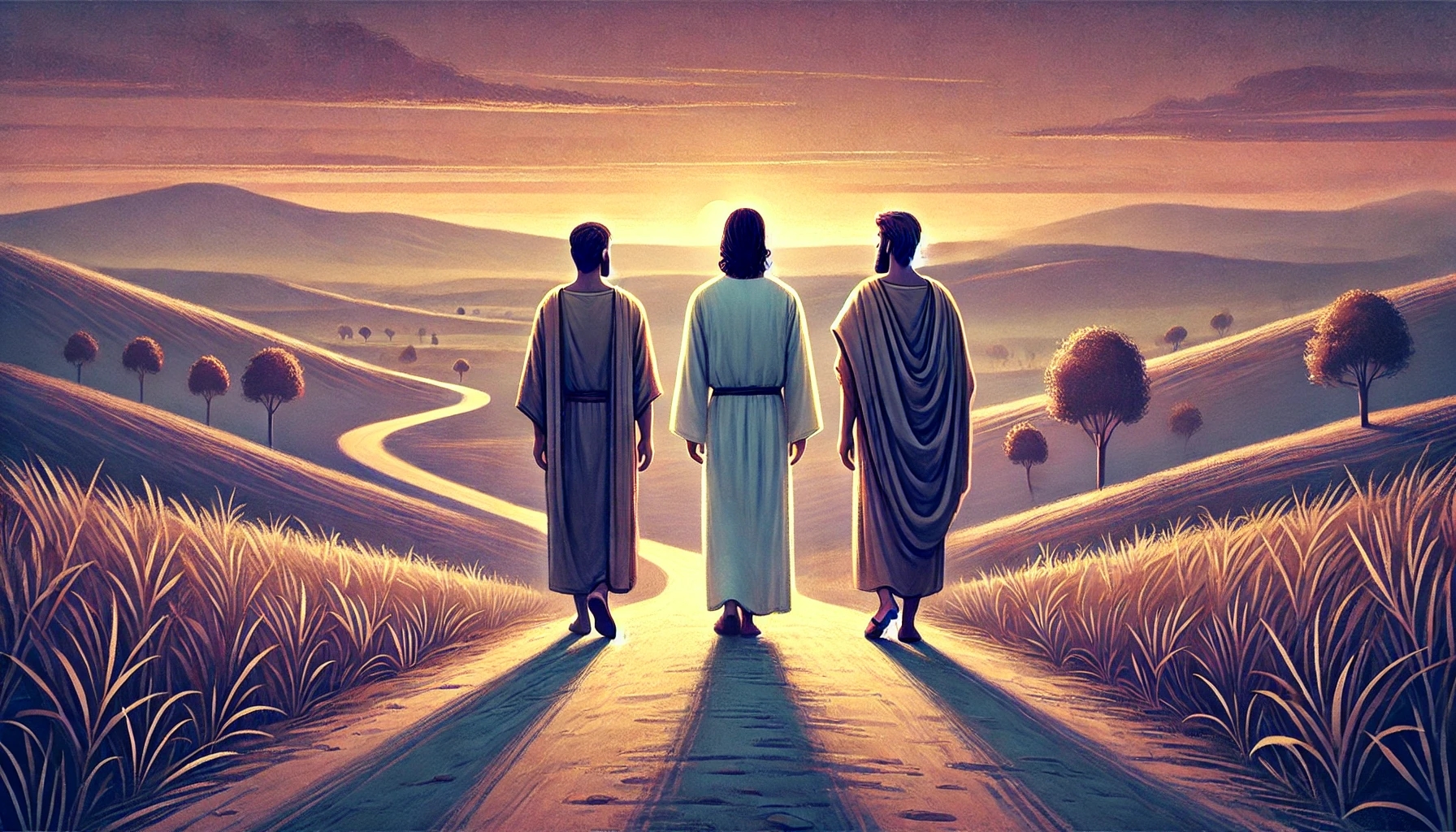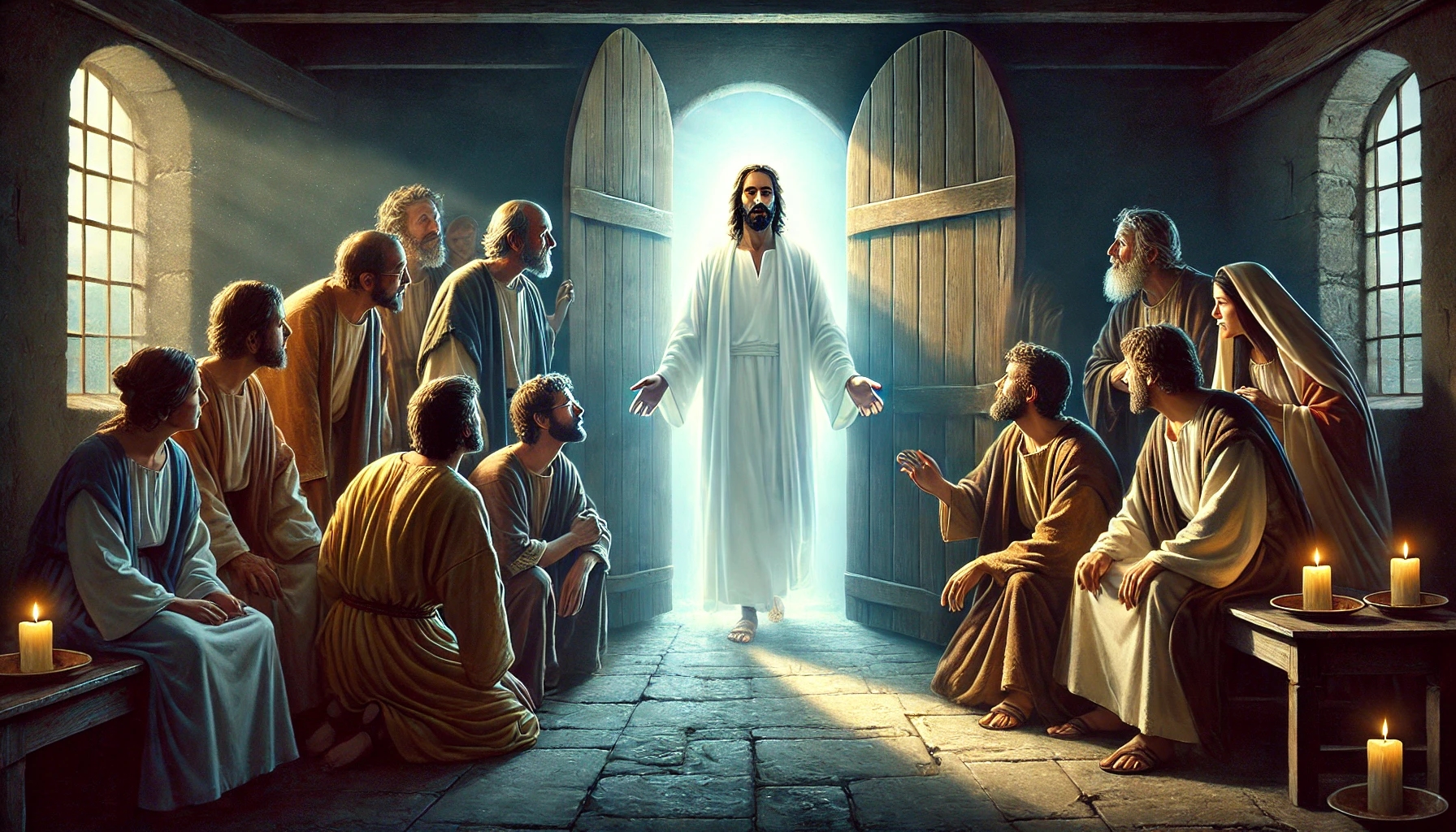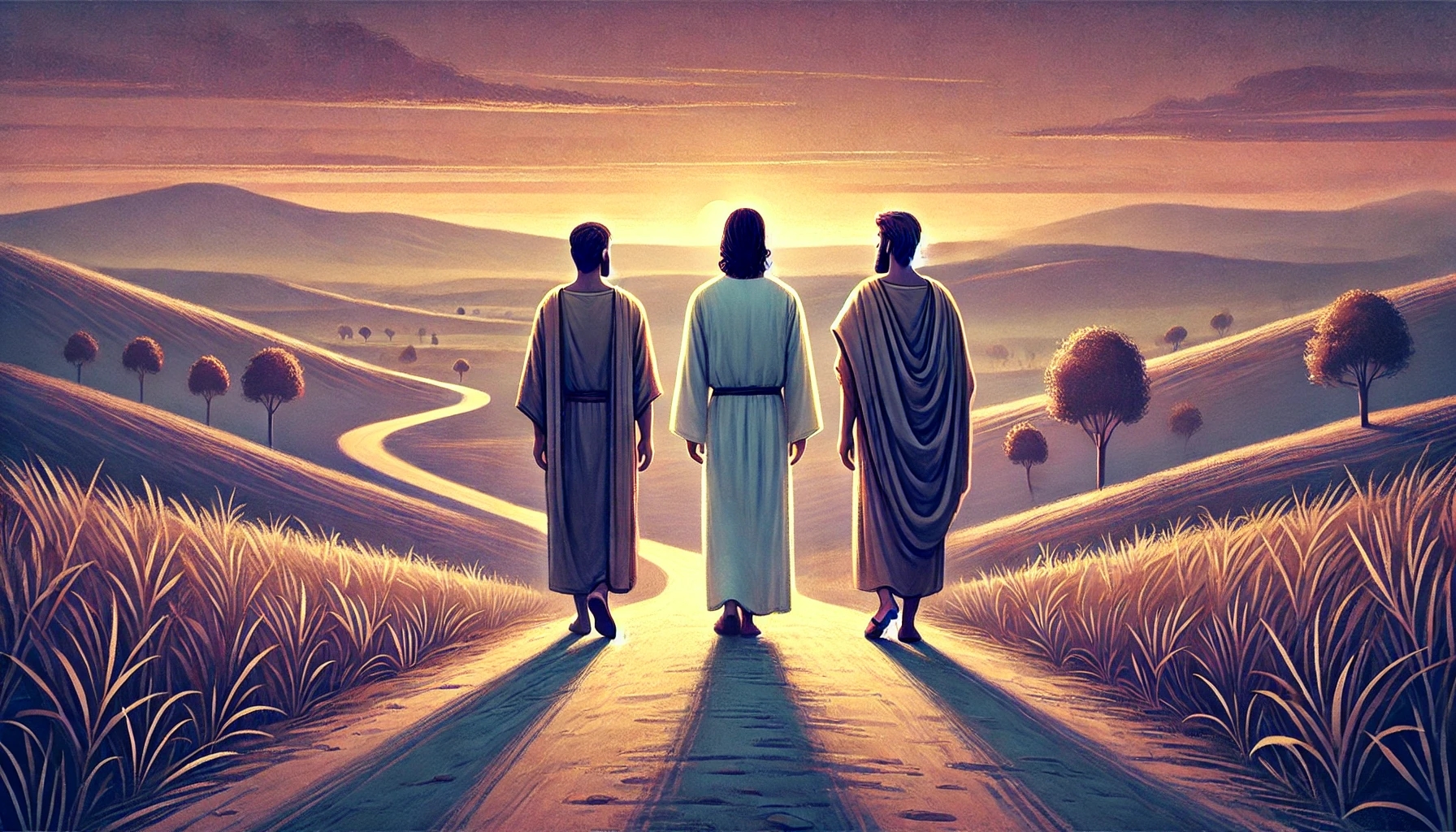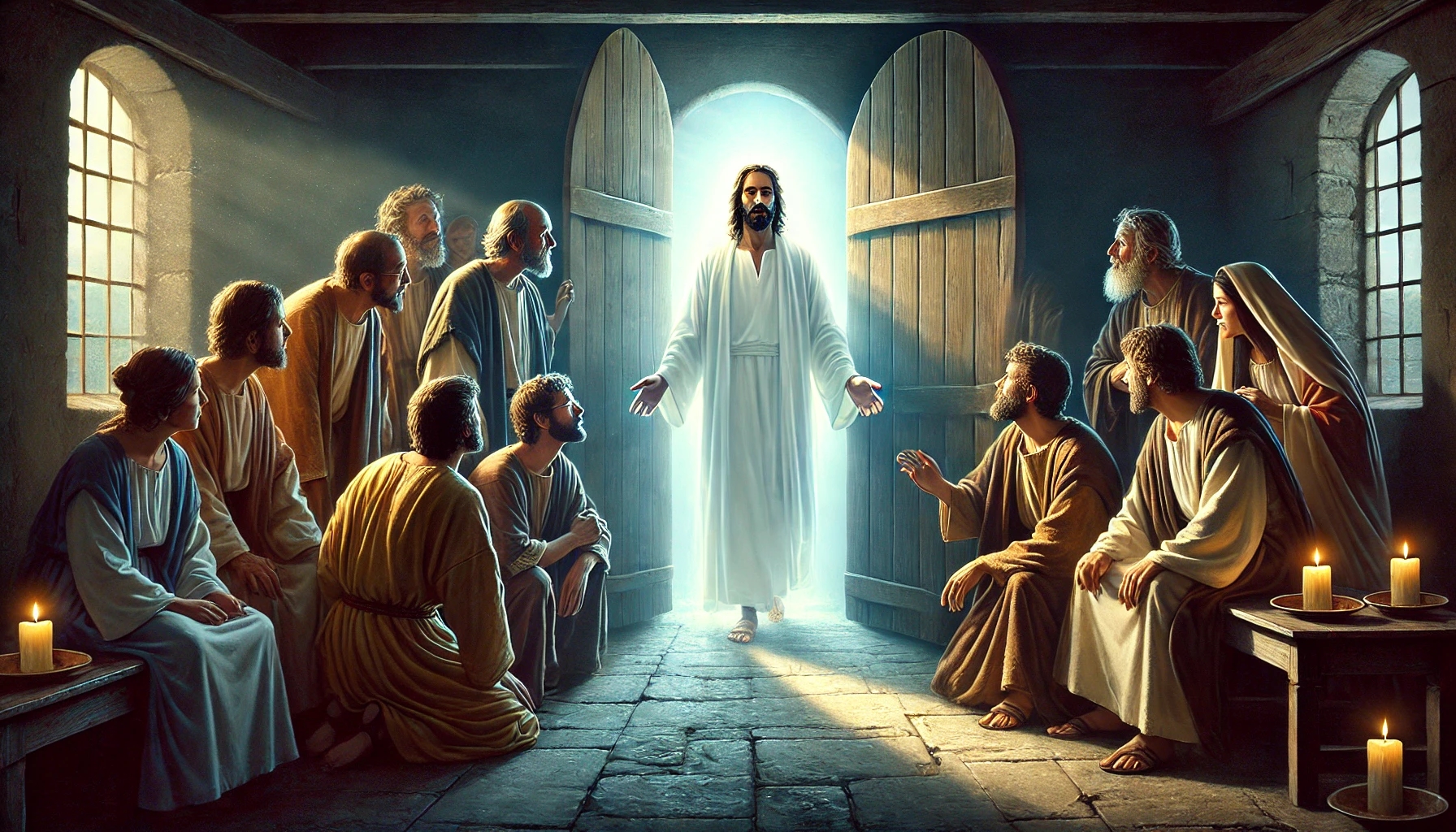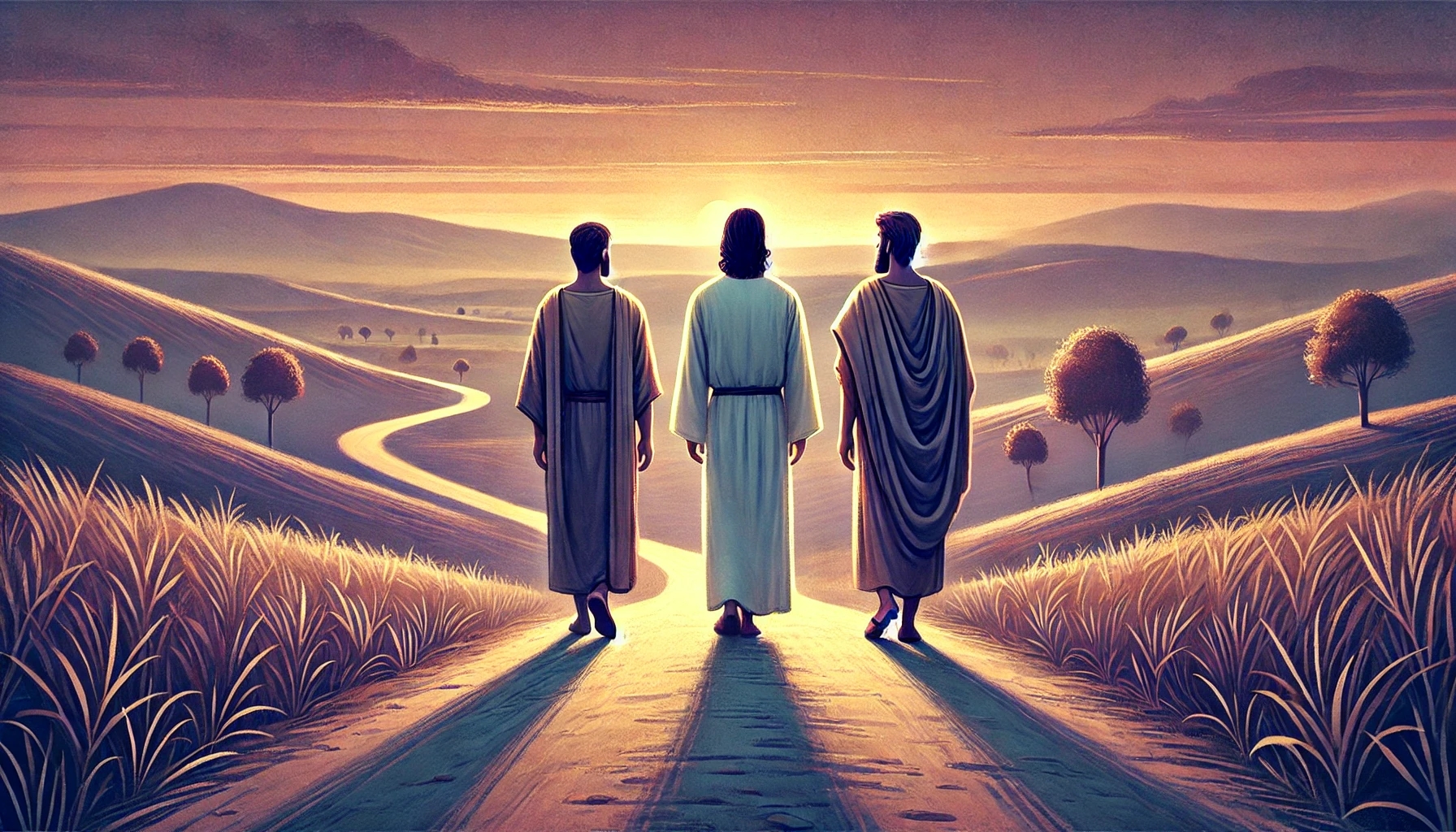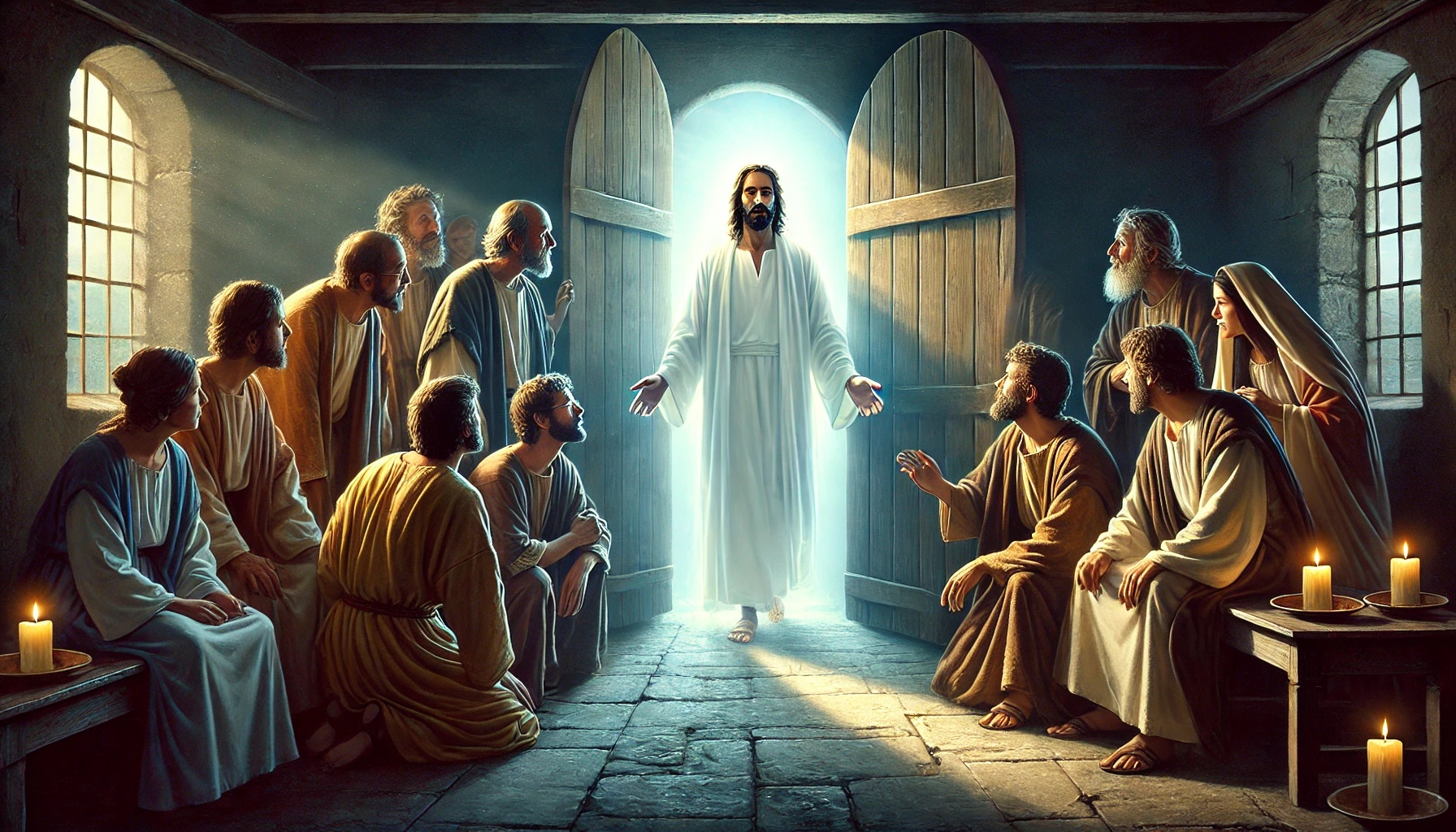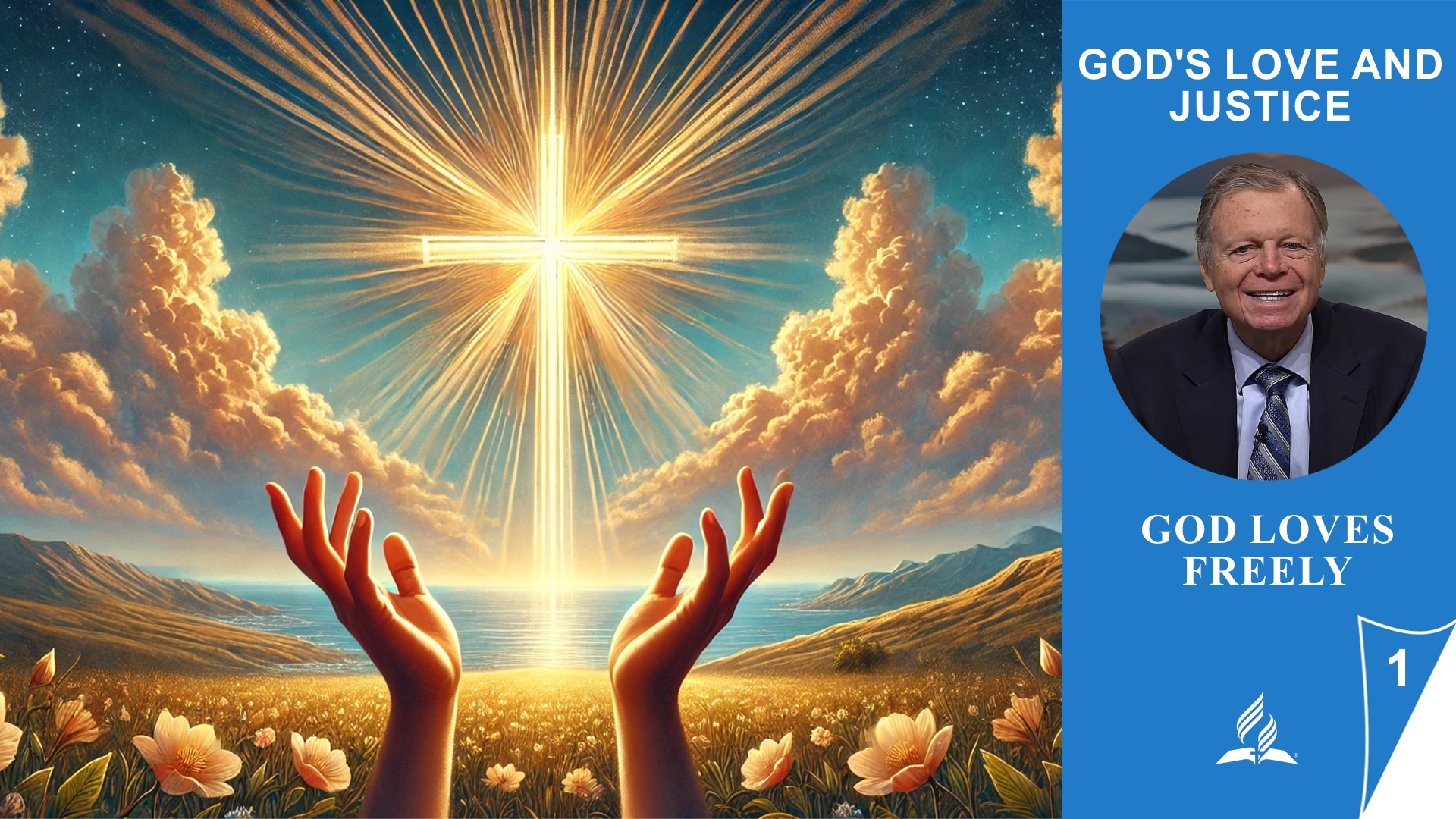January 1, 2024
DAILY BIBLE READING – 2 Corinthians Chapter 6
1 We then, as workers together with him, beseech you also that ye receive not the grace of God in vain.
2 (For he saith, I have heard thee in a time accepted, and in the day of salvation have I succoured thee: behold, now is the accepted time; behold, now is the day of salvation.)
3 Giving no offence in any thing, that the ministry be not blamed:
4 But in all things approving ourselves as the ministers of God, in much patience, in afflictions, in necessities, in distresses,
5 In stripes, in imprisonments, in tumults, in labours, in watchings, in fastings;
6 By pureness, by knowledge, by long suffering, by kindness, by the Holy Ghost, by love unfeigned,
7 By the word of truth, by the power of God, by the armour of righteousness on the right hand and on the left,
8 By honour and dishonour, by evil report and good report: as deceivers, and yet true;
9 As unknown, and yet well known; as dying, and, behold, we live; as chastened, and not killed;
10 As sorrowful, yet alway rejoicing; as poor, yet making many rich; as having nothing, and yet possessing all things.
11 O ye Corinthians, our mouth is open unto you, our heart is enlarged.
12 Ye are not straitened in us, but ye are straitened in your own bowels.
13 Now for a recompence in the same, (I speak as unto my children,) be ye also enlarged.
14 Be ye not unequally yoked together with unbelievers: for what fellowship hath righteousness with unrighteousness? and what communion hath light with darkness?
15 And what concord hath Christ with Belial? or what part hath he that believeth with an infidel?
16 And what agreement hath the temple of God with idols? for ye are the temple of the living God; as God hath said, I will dwell in them, and walk in them; and I will be their God, and they shall be my people.
17 Wherefore come out from among them, and be ye separate, saith the Lord, and touch not the unclean thing; and I will receive you.
18 And will be a Father unto you, and ye shall be my sons and daughters, saith the Lord Almighty.
King James Version. Public Domain
Commentary
Introduction
In 2 Corinthians 6, Paul describes the challenges and dedication that his apostolic ministry entails. At the same time, he admonishes the congregation not to neglect the grace of God they have received and urges them to distance themselves from unbelievers and impure influences. This passage highlights the importance of living a Christian life in purity, faithfulness, and fellowship with God.
Commentary
2 Corinthians 6 is a powerful testimony of Paul’s dedication and faithfulness in his ministry for the gospel. He calls on the Corinthians to make use of the “favorable time” of God’s grace and reminds them how crucial their attitude toward God and the world is. Particularly striking is the list of trials and challenges Paul has endured (verses 4–10). These illustrate that God’s servants are not spared from difficulties but must remain steadfast amidst suffering, misunderstanding, and temptations.
Another important aspect is the warning not to associate with unbelievers (verses 14–18). This is not about social isolation but about spiritual purity and the necessity of avoiding compromises with moral or spiritual values that contradict faith. Paul reminds the Corinthians that, as believers, they are the temple of God and have a holy calling.
Summary
2 Corinthians 6 calls on the congregation to consciously embrace the grace of God and live a life worthy of this grace. Paul shares his personal trials and steadfastness to serve as an example for the believers. Finally, he exhorts the Corinthians to separate themselves from unbelieving influences and fully dedicate themselves to God, for they are the temple of the living God, called to fellowship with their heavenly Father.
![]()
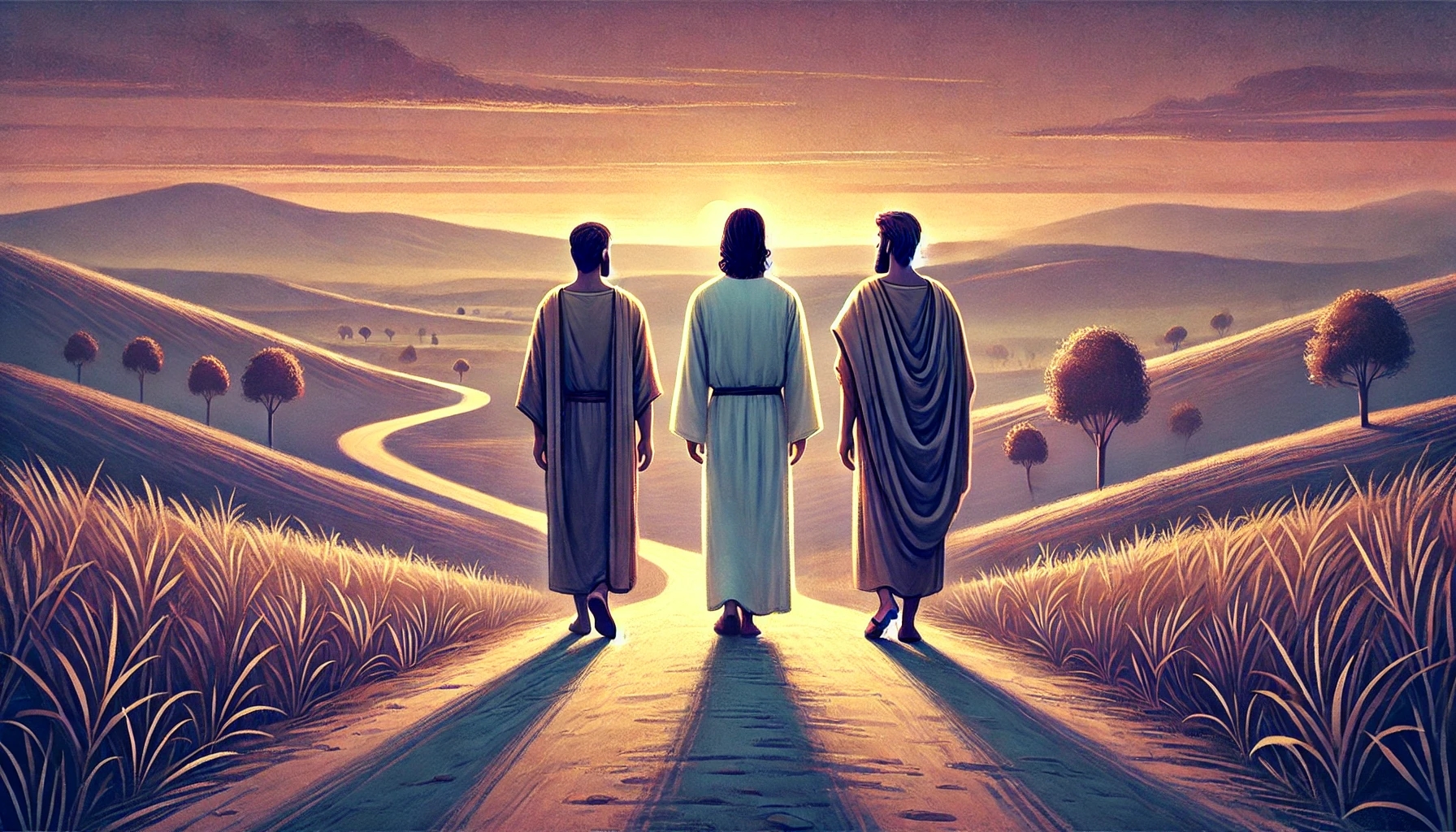
WEEKLY SPIRIT OF PROPHECY READING – Ellen White | The Desire of Ages
Chapter 83—The Walk to Emmaus
This chapter is based on Luke 24:13-33.
Read online here
Commentary
Introduction
The chapter “The Walk to Emmaus” depicts one of the most deeply moving events following the resurrection of Jesus, as described in Luke 24:13-33. Two disciples encounter the risen Christ on their way to Emmaus but do not recognize him immediately. This event illustrates the importance of scripture, the necessity of faith, and the transformative power of the knowledge of Jesus.
Commentary
The disciples are wandering in deep disappointment and despair, unable to comprehend the significance of the events surrounding Jesus’ crucifixion and the reports of his resurrection. Their lack of understanding and faith reflects the human need to recognize God’s plan in difficult times. Jesus approaches them unrecognized, listens to their sorrow, and begins to explain the Old Testament scriptures. This teaching conversation shows that Christ is present throughout the entire Bible and that his mission is confirmed by the prophetic predictions of the Old Testament.
The way Jesus addresses the disciples is both gentle and instructive: he lovingly rebukes them for their unbelief and opens their eyes through the scriptures. Only when the breaking of the bread occurs do they recognize him and understand the depth of his presence and mission. This encounter makes it clear that faith and understanding of scripture are the foundation for a fulfilled life in Christ. It was not a miracle, but the scriptures and fellowship that ignited their hearts.
The chapter also emphasizes the joy and urgency of conveying the message of the resurrection. The disciples leave everything behind to return to Jerusalem and proclaim the Gospel. Their encounter with Christ transforms their sorrow into hope and their doubt into certainty.
Summary
The Walk to Emmaus is a message of hope, insight, and transformation. The story shows how Jesus explains his mission through scripture, transforms doubt and grief into faith and joy, and makes the disciples witnesses of his resurrection. This event reminds us that Christ is always near, even when we do not recognize him immediately, and that through understanding the scriptures, our hearts can be ignited for the truth and joy of the Gospel. It encourages us to share this truth with zeal and courage.
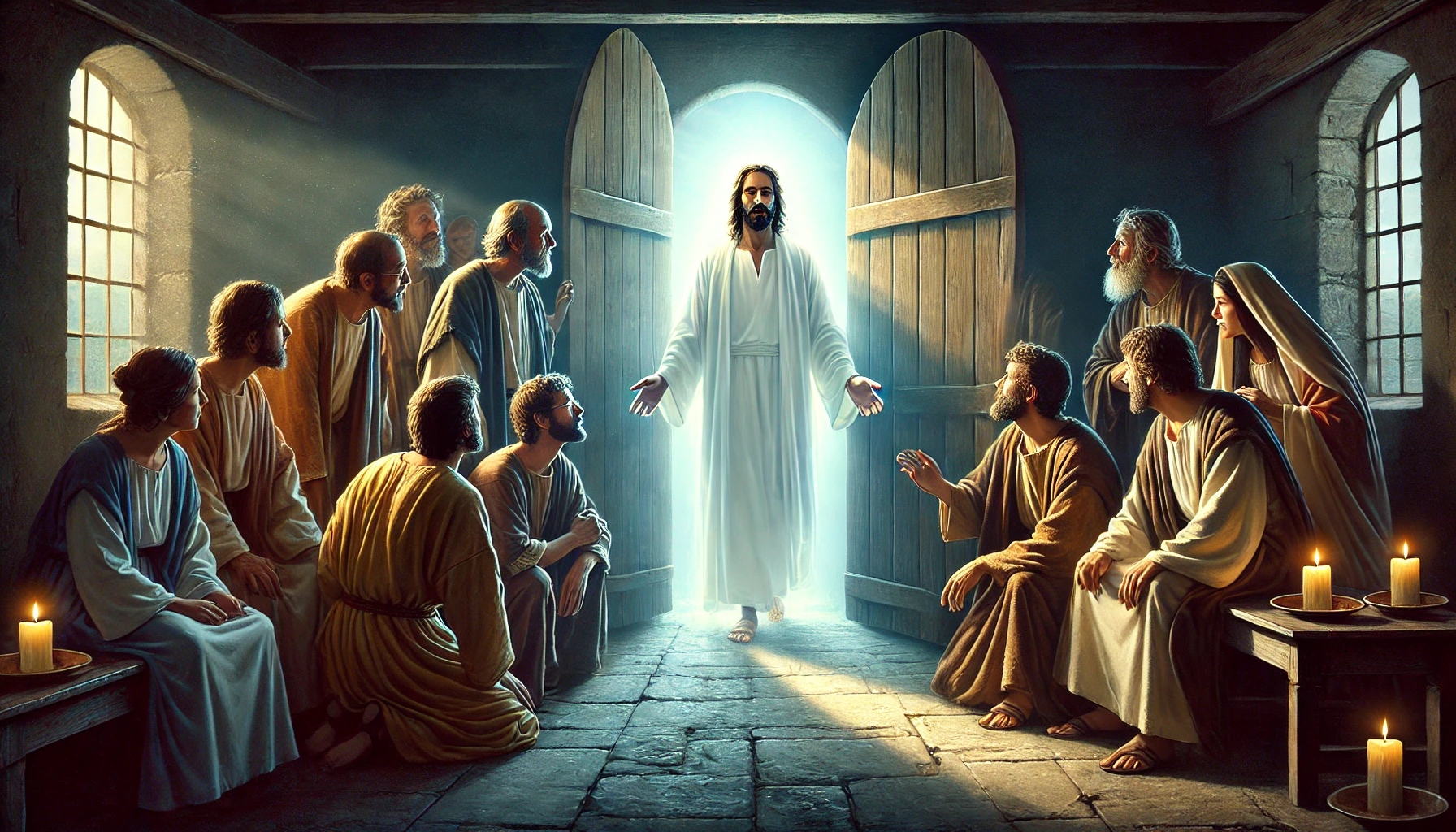
WEEKLY SPIRIT OF PROPHECY READING – Ellen White | The Desire of Ages
Chapter 84—“Peace Be Unto You”
This chapter is based on Luke 24:33-48; John 20:19-29.
Read online here
Commentary
Introduction
The chapter “Peace be with you!” describes the events following the resurrection of Jesus, where He appears to the disciples, strengthens their faith, and brings them peace. It is based on the accounts in Luke 24:33-48 and John 20:19-29. These encounters reveal the deep mercy and patience of Jesus towards His disciples, who, despite His repeated teachings, struggled to comprehend His resurrection.
Commentary
The appearances of Jesus after His resurrection are marked by a message of peace, forgiveness, and new life. Jesus unexpectedly enters the midst of the disciples and greets them with the words “Peace be with you!” This greeting reflects the core message of the Gospel: reconciliation with God and inner peace despite external uncertainty. By showing them His pierced hands and feet, He strengthens their faith by answering doubt with the reality of His resurrection.
A key message of this chapter is that Jesus approaches the doubters with love and patience, as in the case of Thomas. Thomas, who reacts skeptically to the reports of the others, receives exactly the evidence he demands from Jesus. However, Jesus gently admonishes that greater blessings await those who believe without seeing. This is an invitation to trust, even when not all questions are answered.
Furthermore, the chapter emphasizes the importance of the Holy Spirit, which Jesus breathes into the disciples to prepare them for their mission. Without the Spirit of God, they are unable to preach the forgiveness of sins and spread the Gospel to the world. The gift of the Holy Spirit is essential to continue Christ’s work.
Summary
The chapter “Peace be with you!” demonstrates Jesus’ loving manner in renewing the faith of His disciples, dispelling their doubts, and preparing them for their mission. His words and actions after the resurrection call for finding peace and faith, even when external evidence is lacking. The disciples were equipped with the truth of Jesus’ life, death, and resurrection and sent out to share this message with the world. This chapter reminds us that Jesus meets every doubt with patience and love and that the Holy Spirit is the key to serving in His name.
Source: https://fulfilleddesire.net/1-1-2025-2-corinthians-chapter-6-believe-his-prophets/
